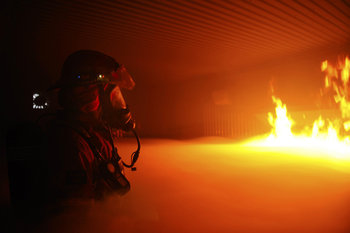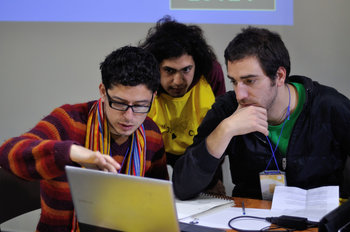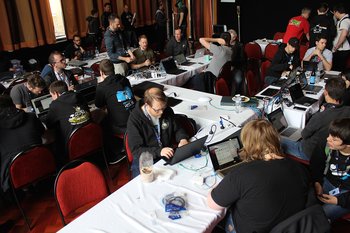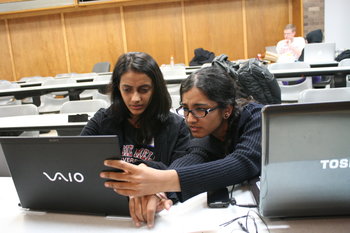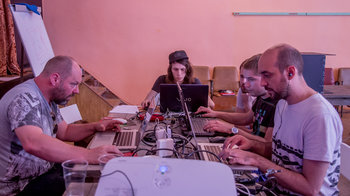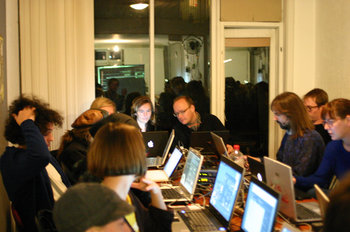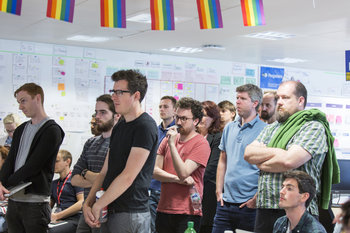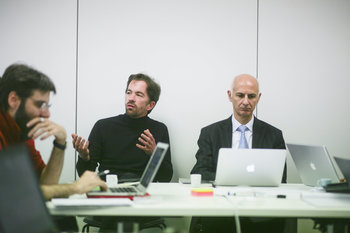
Level 0
Self-help resources such as troubleshooting websites. In some cases, customers are forced through these pages in order to find contact details for technical support.Level 1
Level one support is the contact point for customers. They gather detailed information to determine the exact nature of an inquiry, incident or problem. Level one support typically use a knowledge tool such as a support manual that assists in solving common problems. Level one support orchestrates escalation of incidents to the other levels. They own the relationship with the customer and remain the point of contact.Level 2
Level two support are technical specialists such as system administrators that can perform basic troubleshooting steps. For example, if a website is down they may be able to check logs, use administrative tools and perform administrative functions such as rebooting machines.Level 3
Level three support is the most advanced level of technical support in an organization. It includes the ideal people to fix a problem such as the developers who wrote the code or engineers who designed the products related to an incident. Every application, system and product may have its own level 3 support team. Level 1 support will attempt to determine the best level 3 teams to contact. This is not always clear and it is common for level 3 to escalate to other level 3 teams. For example, a website support team may involve a database support team. Level one support remains involved in the process and ensures that incident tickets are updated and customers are kept informed.Level 4
Some organizations use the term level 4 for escalation to a vendor.| Overview: Support Levels | ||
Areas | Technical Support Service SupportService ManagementIncident ManagementProblem ManagementConfiguration Management | |
Definition | A common structure for technical support capabilities that includes teams for customer service, administrative troubleshooting and fixing design or implementation problems. | |
Related Concepts | ||


